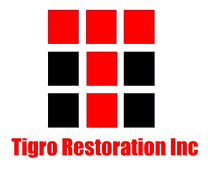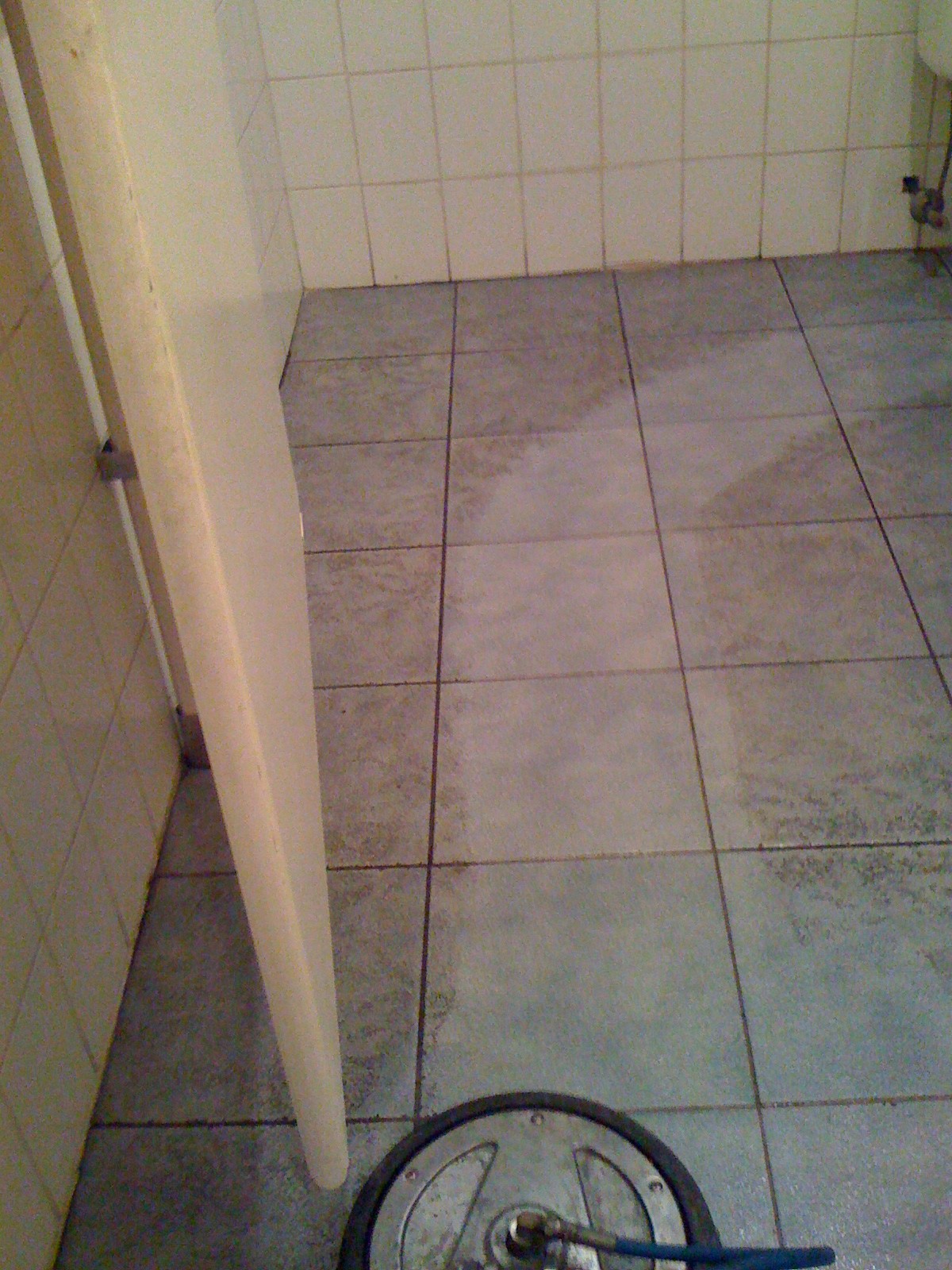Cleanliness is an essential aspect of any business, and keeping the tiles in your commercial space clean can make a big difference. Tiles are a popular flooring choice in commercial spaces due to their durability and low maintenance needs. However, over time, they can accumulate dirt, grime, and stains, making them look dull and unappealing. This is where commercial tile cleaning comes in. In this post, we will explore the benefits of commercial tile cleaning and the process involved.
Benefits of Commercial Tile Cleaning
Improved Appearance: Clean tiles give your commercial space a professional and polished look. Dirty and stained tiles can make a space look shabby and uninviting. With regular tile cleaning, you can maintain the appearance of your tiles and keep them looking new for longer.
Enhanced Durability: Regular tile cleaning helps to remove dirt and debris that can cause scratches and damage to the tile surface. By maintaining the tiles' surface, you can increase their longevity and prevent the need for costly repairs or replacements.
Healthier Environment: Tiles are a breeding ground for bacteria, fungi, and mold, which can pose health risks to your employees and customers. Professional tile cleaning removes these harmful organisms, creating a healthier environment for everyone.
Improved Safety: Dirty tiles can be slippery, increasing the risk of slip and fall accidents. Professional tile cleaning ensures that the tiles are free of dirt and debris, reducing the risk of accidents and injuries.
The Commercial Tile Cleaning Process
Commercial tile cleaning involves several steps to ensure that your tiles are thoroughly cleaned and restored to their original state.
Step 1: Inspection
The first step in the tile cleaning process is an inspection of the tiles. A professional tile cleaner will assess the condition of the tiles, identify any stains or areas of concern, and determine the best approach for cleaning.
Step 2: Pre-Treatment
Once the tiles are inspected, the next step is pre-treatment. This involves the application of a cleaning solution to the tiles to loosen dirt and stains. The type of cleaning solution used will depend on the tiles' material and the nature of the stains.
Step 3: Agitation
After pre-treatment, the tiles are agitated using a mechanical scrubber or a manual scrub brush. This helps to dislodge any dirt or stains that may be trapped in the tile's surface.
Step 4: Extraction
Once the tiles are thoroughly scrubbed, the cleaning solution and dirt are extracted using a high-pressure extraction machine. This step ensures that all the dirt and cleaning solution are removed from the tiles, leaving them clean and dry.
Step 5: Drying
After extraction, the tiles are left to dry completely. This is an important step to ensure that the tiles are not left damp, which can cause further damage or encourage the growth of mold and mildew.
Step 6: Sealing
The final step in the tile cleaning process is sealing. This step is optional but recommended as it helps to protect the tiles from future stains and damage. A sealant is applied to the tiles, which creates a protective barrier on the surface, preventing dirt and stains from penetrating the tiles.
Conclusion
Commercial tile cleaning is an essential aspect of maintaining a clean and healthy commercial space. With regular cleaning, you can improve the appearance of your tiles, enhance their durability, create a healthier environment, and improve safety. The process involved in tile cleaning includes inspection, pre-treatment, agitation, extraction, drying, and sealing. By hiring a professional tile cleaning service, you can ensure that your tiles are thoroughly cleaned and restored to their original state.

